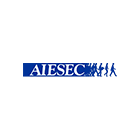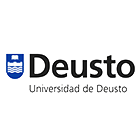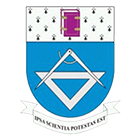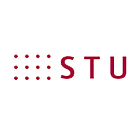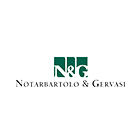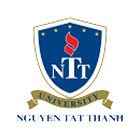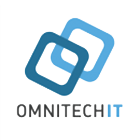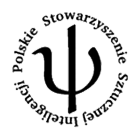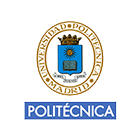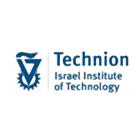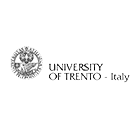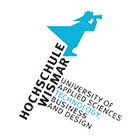Alan Carlton is Senior Director, InterDigital Innovation Labs and Head of InterDigital Europe, Ltd. Alan has over 20 years wireless industry experience spanning 2G through the now emerging 5G. He has been with InterDigital for over ten years and has held a variety of senior positions in their development, systems, standards and technology strategy organizations. Prior to InterDigital, he held positions at Nortel, Siemens and a variety of wireless startups both in Europe and United States. Alan is an EEE graduate of the University of Strathclyde, Glasgow and also holds a MSc. in Communications & Signal Processing from Imperial College, London. Alan holds over 15 patents covering a diverse range of wireless technology areas.
Presentation Title: InterDigital’s IoT solutions: Scalable, Interoperable Technology for Next-Gen. IoT
Abstract: InterDigital has been a pioneer in the development of core and standardized M2M/IoT technology. These standards are essential if the M2M experience of today is to truly evolve successfully into the vision of the Internet of Things of tomorrow. This presentation will review the evolving oneM2M technology ecosystem and explain how this platform maps the only true path to the Internet of Things. Further, some examples will be presented that show how the promise contained in this vision can open a new world of application and ecosystem possibilities that may in time prove more profound and impactful than the Google and Apple ecosystems of today.
Nishanth Sastry is a Lecturer (roughly equivalent to a US-style tenure track Assistant Professor) at King’s College London. He holds a PhD from the University of Cambridge, UK, a Master’s degree from The University of Texas at Austin, and a Bachelor’s degree from Bangalore University, India, all in Computer Science. He has over six years of experience in the Industry (Cisco Systems, India and IBM Software Group, USA) and Industrial Research Labs (IBM TJ Watson Research Center). His honours include a Yunus Innovation Challenge Award at the Massachusetts Institute of Technology IDEAS Competition, a Benefactor’s Scholarship from St. John’s College, Cambridge, a Best Undergraduate Project Award from RV College of Engineering, a Cisco Achievement Program Award and several awards for his work at IBM. His work has ranged over several layers of the network stack and he is currently involved in building better networked systems by harnessing user-level and social network information.
Presentation Title: Curation: Information sensing for future needs
Abstract: Everyday, humans "sense" new information on the World Wide Web. Some of this is for immediate consumption, but others, such as an interesting recipe, or a hobby project idea, may be for future needs. Given the glut of information online, the focus on immediate requirements, and the consequent scarcity of user attention, there is a need to efficiently support such "may be of use some day" content consumption patterns. This talk will introduce social content curation, as practised on sites such as Pinterest.com, as a solution to this problem. We will argue that Pinterest hosts a massive, distributed participatory sensing and sampling platform that manages to corral, filter and highlight niche-interest content items from the Web that are hard to search for, and are primarily not for immediate use. We will address the issue of how and why users share the content they love online, how the effective content curators become effective, and how a social community of users self-organises to support this process in a social manner, a process we term as "social bootstrapping". Then, we will describe a machine learning model which automates this hive of human activity with a high degree of accuracy and recall, and draw insights from this into how content curation on Pinterest really works. Finally, we conclude with lessons for the general problem of participatory sensing.





